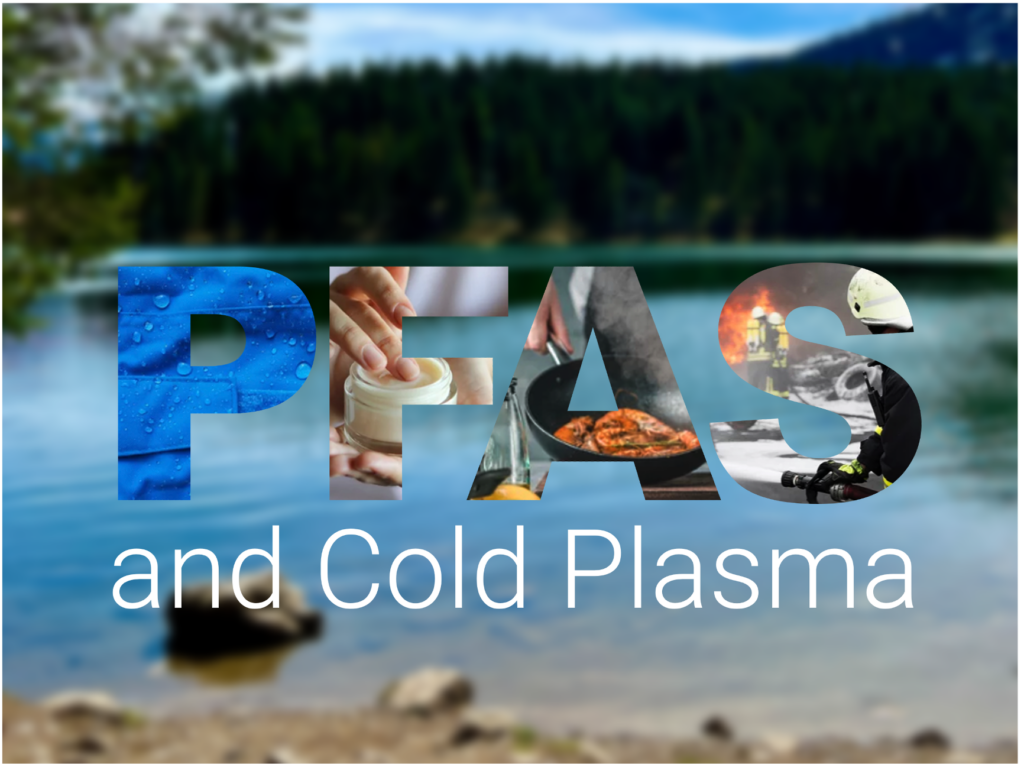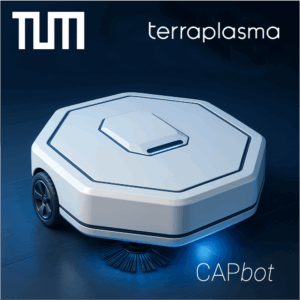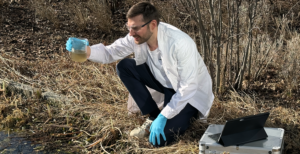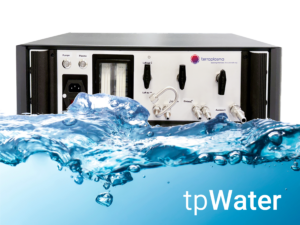Durable but unfortunately (almost) indestructible
PFAS (per- and polyfluorinated alkyl substances) do not occur in nature, but are industrially produced chemicals and are specifically used in production due to their water- and fat-repellent properties as well as their extreme stability and longevity (hence the term “forever chemicals”) , but also used in private households.
In industry, PFAS are used in a number of specialized applications, for example in the production of durable plastics, in chrome plating, in the production of semiconductors and in photographic processes.
But they are also used at home in a number of consumer goods, such as paints, leather and textile coatings, (outdoor) clothing, shoes, carpets, packaging, ski wax, floor and car care products, as well as in the production of papers with dirt-repellent , grease and water-repellent properties and as components of waterproofing and lubricants.
Many PFAS are toxic and accumulate through the food chain. The following applies to all PFAS: once they have been released into the environment, they are almost impossible to remove and enter the soil via the air or wastewater and then into drinking water and thus enter the bodies of people and animals. As a result, they represent one of the greatest challenges for drinking water protection and environmental protection.
Test treatment with water contaminated by PFAS production
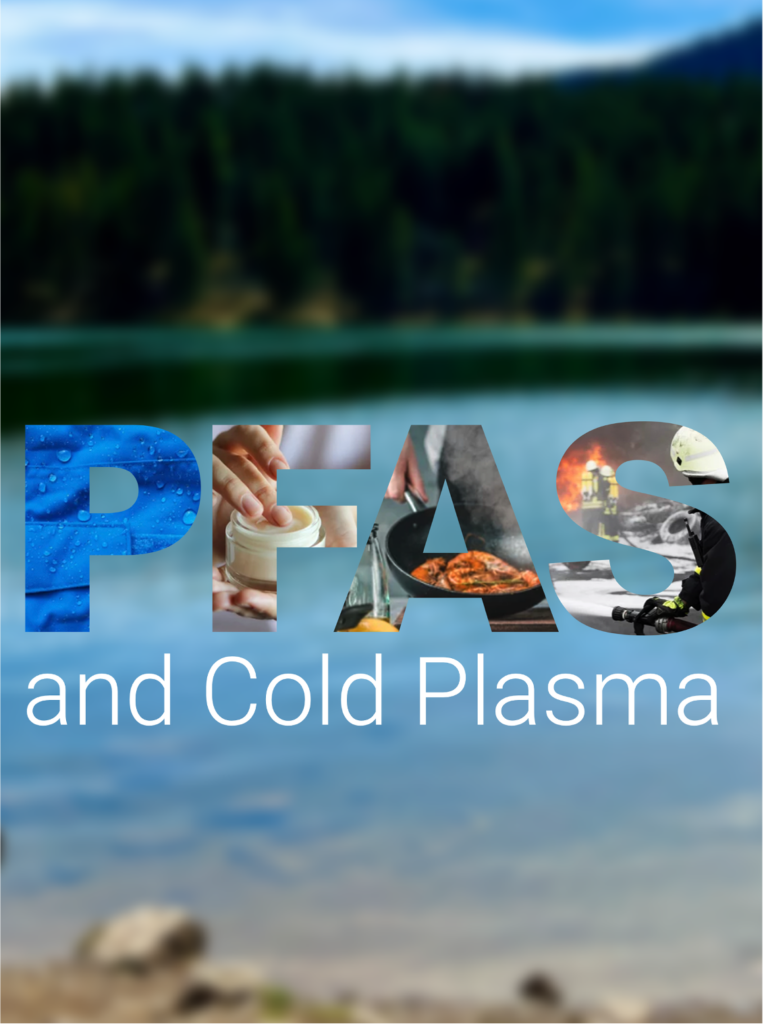
For many decades (although some manufacturers knew about their toxic effects since the early 1970s), PFAS were the epitome of modern, problem-solving chemistry. Industrial production of a wide variety of PFAS soon began in the Gendorf Chemical Park, which was founded in 1964 (part of the municipality of Burgkirchen an der Alz in the Altötting district in Upper Bavaria). It was only at the end of the 1990s that production began to be designed in such a way that only a few PFAS were released into the environment. Nevertheless, due to decades of industrial production, there are clearly detectable quantities of PFAS in the soil and therefore also in the deep drinking water sources. This water is therefore a suitable test basis for checking the effectiveness of a cold plasma treatment.
Cold plasma for water treatment successfully passes the first test
The PFAS problem in Burgkirchen (one of around 1,500 hotspots nationwide) is currently being solved with a complex drinking water purification system that uses various purification and treatment technologies – including UV, activated carbon and oxygen/carbon dioxide – to process the contaminated water through several processing stages to turn it back into legally compliant drinking water. But removing PFAS – specifically PFOA – with activated carbon has the disadvantage that it can only filter out PFAS (and not break it down into more harmless substances). The silo-sized activated carbon filters also have to be replaced every year at the latest due to their increasing degree of saturation – the costs for operation and the activated carbon are around 500,000 euros per year.
With the treatment of the contaminated water using terraplasma’s cold plasma technology, a first extensive test revealed a partially clearly measurable reduction in PFOA in particular: up to 30% less could be measured after the treatment. This first test was carried out in a test setup that was not specifically optimized, in which the cold plasma obtained from the ambient air was blown into the contaminated water via a special Venturi nozzle. In addition to the reduction, what is also notable is the low energy consumption of the technology used: the plasma sources are operated with approx. 4W – this corresponds to an extrapolated energy requirement of 0.015 kWh/cubic meter of water.
Partner wanted for a meaningful task with good future prospects
With this improvised test use of cold plasma to break down PFAS, in addition to proof of effectiveness, a positive trend in terms of cost-effectiveness in possible real operation was also identified: water treatment requires only a small amount of electrical energy to achieve measurable effectiveness.
These initial promising results motivate the terraplasma team to continue testing and developing this important topic – preferably with a partner company, ideally from the water treatment sector, because the development of scaled systems for real use is complex and cold plasma technology will replace these established treatment processes not replace it, but ideally supplement it sustainably.

